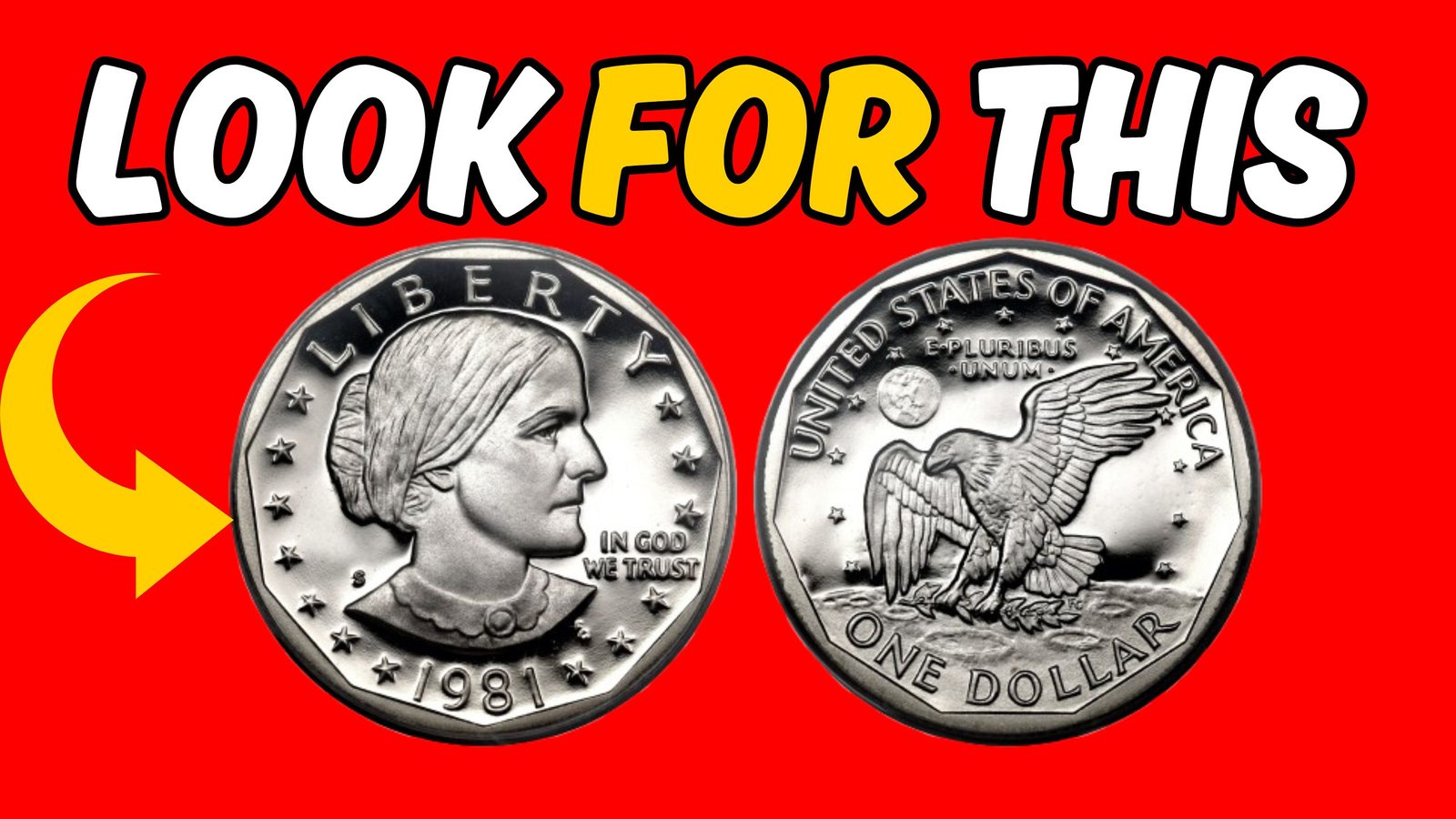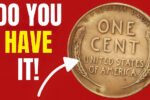Susan B. Anthony Dollar : Coin collectors and history buffs alike are buzzing with excitement over a surprising resurgence of interest in one of America’s most misunderstood coins: the Susan B. Anthony dollar. Once dismissed and often confused with quarters, this coin is now gaining attention for a few rare varieties that have become highly sought-after in the numismatic world. Here’s why the Susan B. Anthony dollar has become a dream find—and what you should look for in your change jar.
A Coin with a Controversial Past
First minted in 1979, the Susan B. Anthony (SBA) dollar was the first U.S. coin to feature a real woman, honoring the legendary women’s rights advocate. While historically significant, the coin struggled with public acceptance. Its size and color closely resembled that of the quarter, leading to confusion and limited circulation. Production ceased in 1981, with a brief revival in 1999 due to a shortage of dollar coins.
Despite its rocky reception, the SBA dollar has earned a special place in the hearts of collectors—especially due to several notable varieties and errors that can be worth far more than their face value.
The Star of the Show: The 1979-P “Wide Rim” Variety
The most talked-about SBA dollar right now is the 1979-P “Wide Rim” or “Near Date” variety. Unlike the more common “narrow rim” version, this coin features a date positioned much closer to the edge, resulting in a chunkier, bolder appearance. It’s not a mint error but a legitimate variety—created when the U.S. Mint altered the die partway through the production run.
Collectors are scrambling to find this piece because it’s far rarer than its narrow-rim counterpart. A well-preserved specimen can fetch between $100 and $500 or more, especially in high grades or certified condition.
Other Notable Rarities and Errors
In addition to the wide rim, other valuable Susan B. Anthony dollars include:
-
1981 Proof Coins (S Mintmark): Not released into circulation and minted only for collectors, these coins can be worth a premium, particularly the 1981-S Type 2 proof with a clear “S” mintmark.
-
1999 Dollars: The final year of the SBA dollar before being replaced by the Sacagawea dollar. These are relatively scarce due to limited mintages.
-
Striking Errors: Off-center strikes, double dies, and other mint errors can dramatically boost the value of an SBA dollar.
How to Spot a Winner
To identify a valuable Susan B. Anthony dollar, follow these tips:
-
Check the Date and Mintmark: Look for 1979-P wide rim, 1981-S Type 2, and 1999 issues.
-
Examine the Rim: The wide rim of the 1979-P variety is easy to spot when compared side-by-side with the narrow rim.
-
Condition Matters: Coins in uncirculated or proof condition will command higher prices.
-
Consider Professional Grading: For coins you believe may be rare or valuable, a professional appraisal or grading by services like PCGS or NGC can confirm authenticity and increase resale value.
A Newfound Appreciation
What was once considered a failure of design and marketing has become a numismatic treasure. The renewed interest in the Susan B. Anthony dollar is a reminder that even overlooked coins can turn into prized collectibles over time. Whether you’re a seasoned collector or just starting out, this is the perfect moment to dig through your coin stash—you just might discover the SBA dollar everyone’s talking about.
Bottom Line: Don’t underestimate the Susan B. Anthony dollar. That dull-looking coin you nearly spent on a vending machine snack? It might just be your ticket to a small fortune.
Frequently Asked Questions (FAQs…)
Q1: Why is the Susan B. Anthony dollar suddenly popular among collectors?
A: The coin has gained attention due to several rare varieties—particularly the 1979-P “Wide Rim” version—and a growing appreciation for its historical significance as the first U.S. coin to feature a real woman. With rising collector demand and relatively low mintages in some years, it’s become a numismatic favorite.
Q2: What is the 1979-P “Wide Rim” Susan B. Anthony dollar, and why is it valuable?
A: The 1979-P “Wide Rim” (also called “Near Date”) features a design where the date is closer to the coin’s edge than usual. This version is significantly rarer than the more common “Narrow Rim” and can be worth $100 to $500 or more in excellent condition.
Q3: How can I tell if I have a 1979-P “Wide Rim” dollar?
A: Look at the spacing between the date and the coin’s rim. On a wide rim coin, the date appears close and nearly touches the rim. If there’s a noticeable gap, it’s the common narrow rim version. Comparing side-by-side images online can help you spot the difference.
Q4: Are all Susan B. Anthony dollars valuable?
A: Most are worth only face value, especially common circulated coins. However, certain dates (like 1979-P Wide Rim, 1981-S Type 2 proofs, and 1999 issues), errors, and high-grade examples can be worth significantly more.




